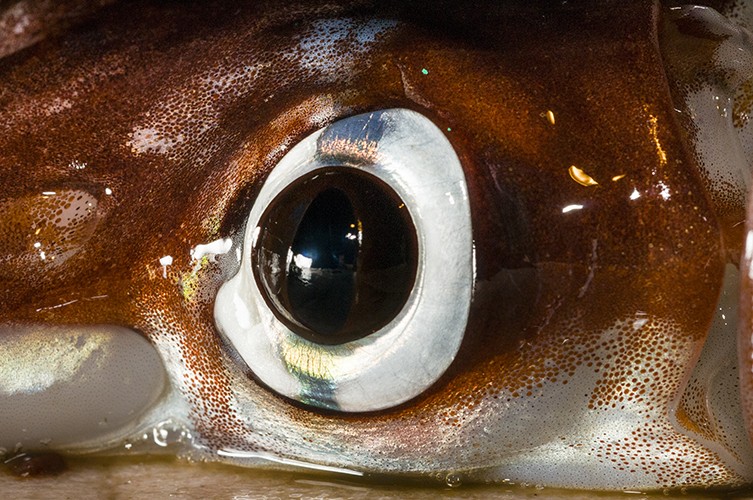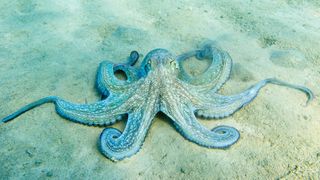Chaos theory explains the self-organization of regular patterns in chaotic environments.
It does nothing of the kind. As I pointed out before, "patterns" are not things that can "self-organise".
Have you ever asked why it is useful in describing the natural phenomena?
Yes. The answer is that it makes quantitative, testable predictions about those phenomena.
What makes it a physical object?
Physical objects are made of matter.
Is the ball's roundness a physical requirement?
To make it a physical object? Is a brick a physical object? Is it round?
What do you think?
What is causal to a tennis ball being a spherical object?
The manufacturing process.
Physics emerge from non-physical chaotic fields, as described in Chaos Theory.
Word salad nonsense. Why do you pretend to talk about things you clearly don't understand at all?
I disagree. Fields exist without human conceptualization. Take humans away and nothing changes.
You are wrong, as usual.
Fields are not even something that can be detected, directly. Their existence has to be inferred, and it can only be inferred with reference to some conceptual model or other.
As I understand it, a "quantum" is a single unique value that is mathematically related to other "quanta"
A quantum is simply a specified amount of something. It's not a mystery. We've told you the definition before. You can put a quantum of sugar into your coffee, for instance. US currency is quantised, in that the smallest available coin is the 1 cent coin. You can't have half a cent, or 2.7 cents (in physical currency).
I agree, but that is a false argument. My body knows a lot about itself at quantum field scale (note I referred to the human biome as a quantum field) and that process already exists at "fine grain" spacetime fabric, but my conscious brain can only process data at very selective gross sensory scales.
You used the word "knows" in a way that doesn't make sense, there. An electron doesn't "know" anything, for example.
Feast your eyes on a literary delight....

Where?
Naturally occurring mathematics.
There's no such thing.
Human maths are the symbolization of discovered natural mathematical processes that allow regular patterns to be formed, which are evident everywhere starting with the Table of Elements.
That's circular. "Maths are the symbolisation of maths" doesn't work. Try again.
And I like Tegmark's perspective that reality fundamentally consists of dense mathematical patterns expressed and measurable as gross physical objects and behaviors.
Do you not understand that I don't care at all about what you like or don't like, when it comes to this sort of thing? Your opinions and endorsements are virtually worthless on all of this stuff.
Tegmark believes that it exists and will be just another mathematical equation.
So, you agree that I am correct. There is no "universal equation" at this time, Tegmark's wishful thinking (or yours) notwithstanding.
Life on earth used the Fibonacci sequence long before man appeared on the scene.
What do you mean by "used"? There was no life that could reason about the Fibonacci sequence prior to man appearing on the scene.
No, I try to look a little deeper than man's extraordinary ability to understand the mathematical nature of things, rather than say "bacteria", that communicate via mathematical chemistry, aka. "quorum sensing".
"Mathematical chemistry" is not a form of communication that exists in bacteria. Stop making stuff up.
It is a mathematical function that controls pattern formation.
Mathematical functions can't control anything physical, because they are conceptual.
What is it that you don't understand about this?
You have tried repeatedly and failed to assert your way out of the problem. You can't provide a single example of a mathematical function ever doing anything to a physical system. And yet, you continue to make this silly assertion, over and over. Why? Don't you think it's time to give up on this nonsense?
I am only expressing my perspective on the Science I quote in support of the mathematical regularities that seem to pervade all of spacetime.
Yes. The problem is that, every time you express
your perspective, you only manage to come out with error piled on error, at best, or just plain nonsensical word salad at worst.
Why don't you try to learn something about science, instead?



